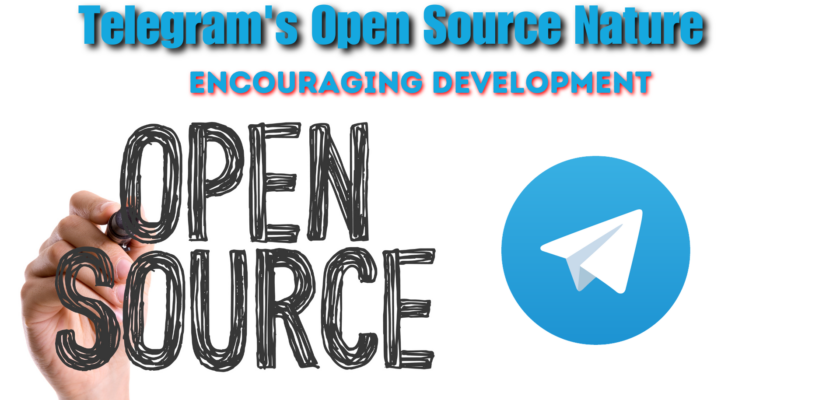In the realm of technology and communication, open-source platforms have played a significant role in driving innovation, fostering collaboration, and empowering developers. Telegram, a versatile messaging app, has embraced an open-source approach that encourages the development community to contribute,
innovate, and enhance the platform’s capabilities. This article delves into how Telegram’s open-source nature has become a catalyst for the creation of innovative features, customization, and the development of third-party tools that enrich the user experience.
The Power of Open Source in Telegram
Telegram’s open-source nature has transformed it into a dynamic platform where developers can actively participate, leading to a host of advantages.
Transparency and Trust
Code Visibility: Telegram’s open-source code is available for public scrutiny, ensuring transparency in its operations and security practices.
Trust Building: Open source builds trust among users, as they can verify the security measures implemented and identify potential vulnerabilities.
Innovation and Customization
Feature Contributions: Developers can propose and contribute new features to Telegram, enhancing the app’s capabilities and user experience.
Customization: Open source empowers users to modify the app’s interface, functionalities, and behaviors to suit their preferences.
Fostering a Collaborative Community
Developer Collaboration: Telegram’s open-source nature encourages developers worldwide to collaborate on projects, leading to innovative solutions.
Feedback Loop: Community contributions provide valuable feedback that helps Telegram refine and improve its offerings.
Third-Party Tools and Bots
Bot Development: Open source APIs allow developers to create bots that enhance Telegram’s functionalities, offering a wide range of tools and services.
Creative Solutions: Developers can build tools, integrations, and plugins that cater to specific user needs, expanding Telegram’s utility.
Enhanced Security and Privacy
Community Audits: Open source code undergoes rigorous community audits, ensuring security vulnerabilities are identified and addressed promptly.
Privacy Features: Developers can suggest and implement privacy features, enhancing users’ control over their data.
Open Source Libraries
Resource Sharing: Developers can leverage Telegram’s open-source libraries, saving time and effort in building new applications.
Learning Opportunities: Open source code provides a learning platform for aspiring developers, allowing them to explore best practices.
Promoting User Empowerment
Data Ownership: Open source aligns with Telegram’s philosophy of user data ownership, fostering a sense of control and empowerment.
User Input Integration: Developers can implement user-driven suggestions, ensuring the platform aligns with users’ needs.
Challenges and Considerations
Balancing Security and Accessibility: Open source introduces the challenge of maintaining security while providing accessibility to code.
Coordinating Contributions: Coordinating contributions from a global community requires effective management and review processes.
Telegram’s open source nature has transformed it into a hub of innovation, collaboration, and customization. By inviting developers to contribute, customize, and build on its foundation, Telegram has created a dynamic ecosystem where ideas flourish, solutions evolve, and user experiences are enriched.
The platform’s open source approach not only fosters community engagement but also aligns with its commitment to transparency, security, and user empowerment. As the developer community continues to shape Telegram’s evolution, the platform’s potential for innovation and user-centric enhancements is boundless.


